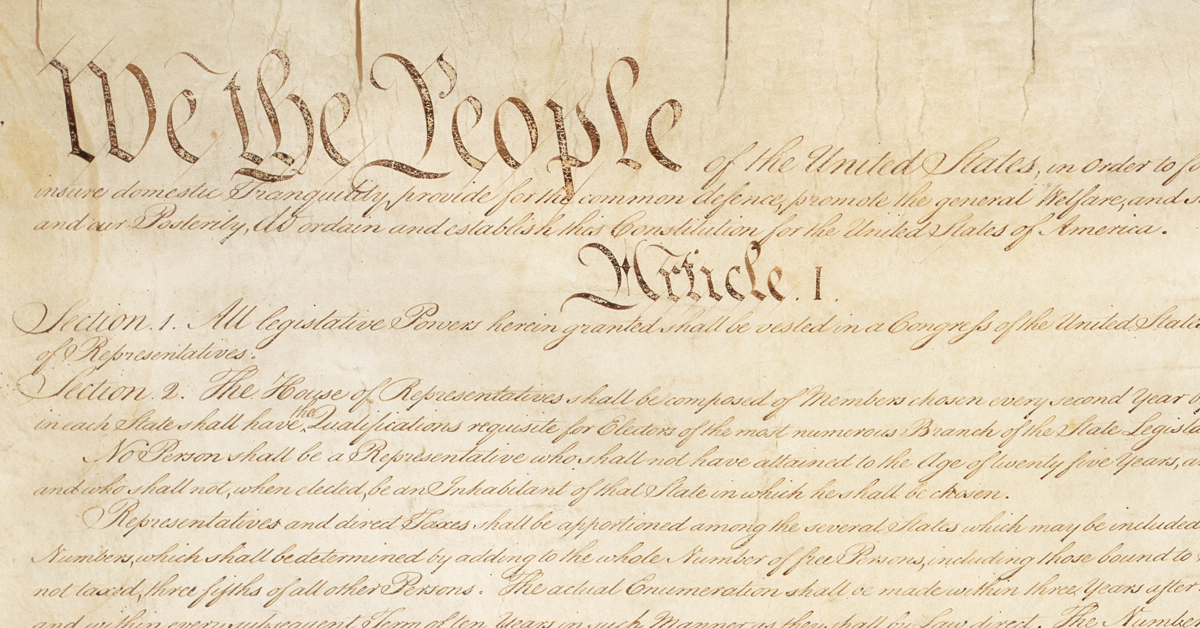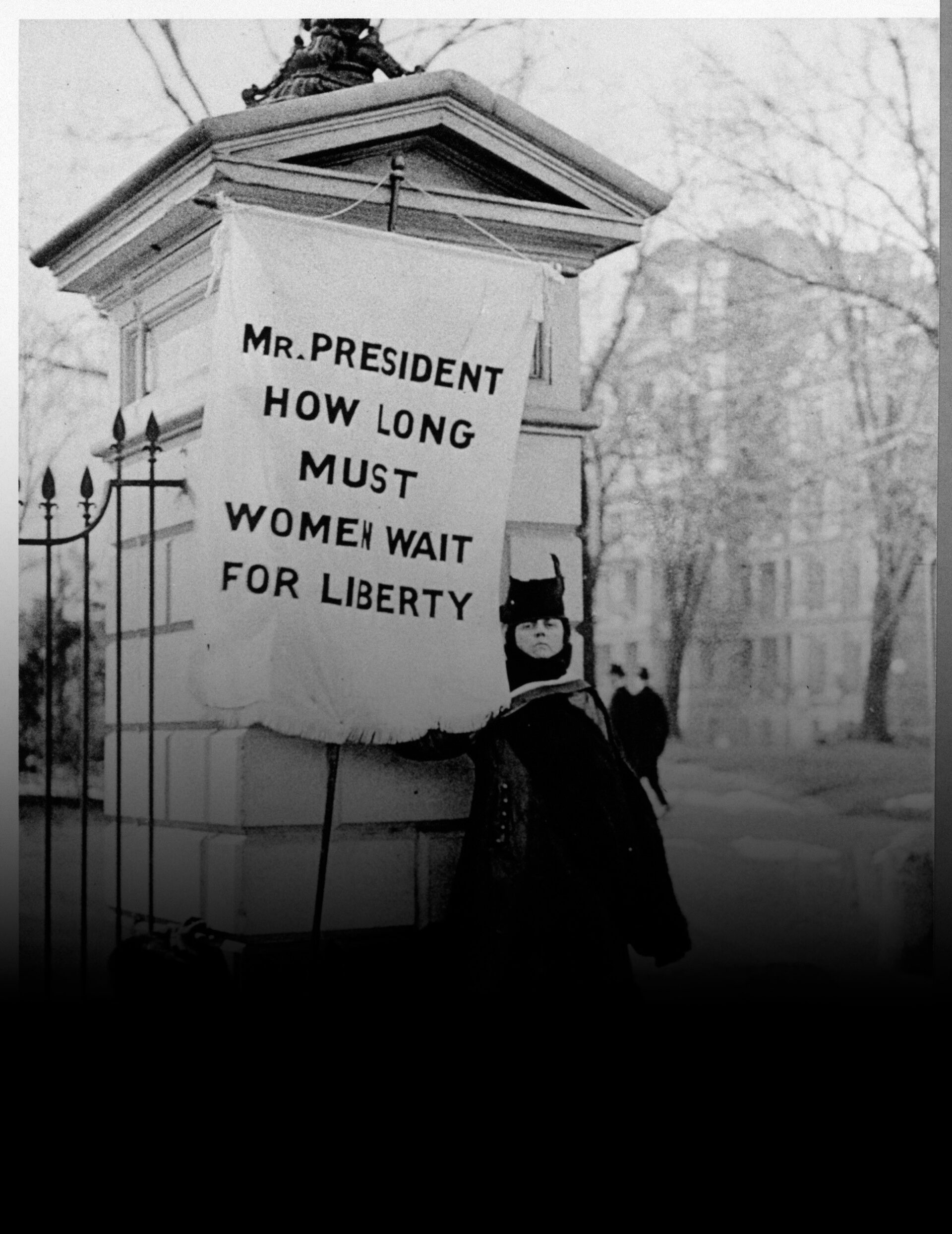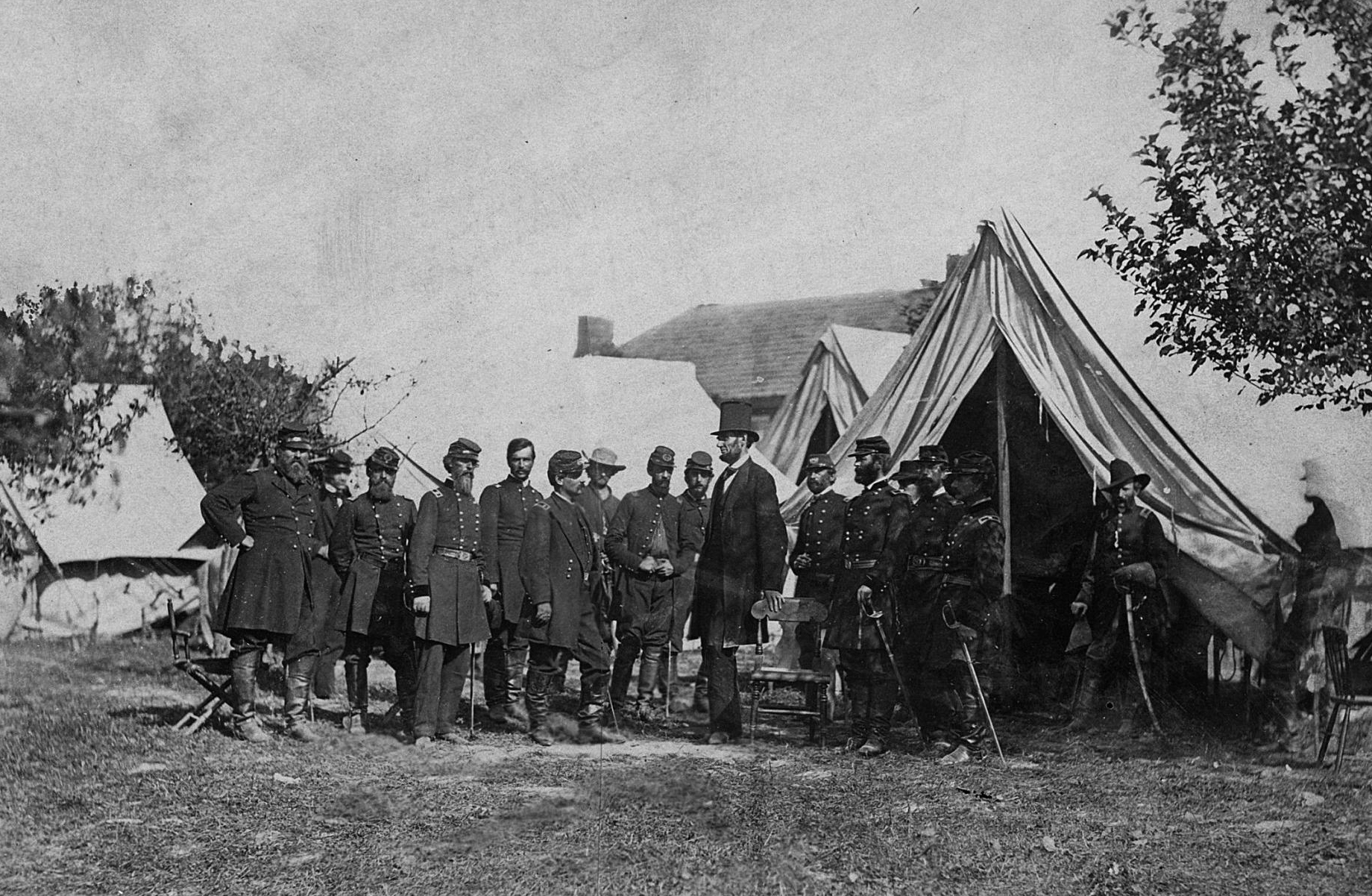ONE NATION
MANY STORIES
Join One Nation, Many Stories—the Campaign for the National Archives—to spark your curiosity, inspire discovery, and connect more Americans to our national story.
ONE NATION MANY STORIES
Join One Nation, Many Stories, the Campaign for the National Archives to spark your curiosity, inspire discovery, and connect more Americans to our national story.
Archives Identifier: 1667751

Archives Identifier: 7820669
Archives Identifier: 7820669

Archives Identifier: 1667751
Democracy starts at the National Archives
From our Founding Documents—the Declaration of Independence, U.S. Constitution, and Bill of Rights—to over 40 billion records, artifacts, maps, photos, rolls of film, emails, patents, census records, and more, the National Archives preserves, protects, and shares the moments and milestones that have shaped America.
These records reveal countless stories that bring history off the page and inspire more Americans to build toward a bright future for our democracy. Democracy takes all of us, so the stories that define our Union must never be forgotten.
Donate today and help share these stories with citizens worldwide.
Archives Identifier: 594266

Archives Identifier: 68145971
Archives Identifier: 68145971

Archives Identifier: 594266
Donate to help share our American stories
The Emancipation Proclamation. Thomas Edison’s lightbulb patent. Rosa Parks’s fingerprints. Your family’s census records. All of these and more are waiting to be discovered at the National Archives.
When you support the National Archives Foundation—the nonprofit partner of the National Archives—your gift has an immediate impact and helps fund the thought-provoking exhibits and public programs, civics education initiatives, and celebrations that inform and spark the curiosity of Americans worldwide.
No matter your interest, find the opportunity that speaks to you and give today.
Archives Identifier: 542030

Archives Identifier: 527118
Archives Identifier: 527118

Archives Identifier: 542030
History is not static
That’s why the National Archives Museum in Washington, D.C. is transforming its permanent exhibit galleries, education space, and theater to create a more welcoming and personalized experience for all visitors. The renovated spaces will mix original records with interactive technology—a first-of-its-kind in a history museum—to make our nation’s many stories more accessible and engaging for all ages and backgrounds. See a sneak peek of the reimagined museum spaces here, opening to the public in the Fall of 2025
Donate today to support this once-in-a-generation transformation.
Archives Identifier: 6640974

Archives Identifier: 520748
Archives Identifier: 520748

Archives Identifier: 6640974
You, our donors, are our greatest storytellers.
The National Archives holds so many historical treasures still waiting to be rediscovered. Not only can you explore your own family background, the records tell the remarkable story of who we are as a nation, in all our rich complexity.
– Lucinda Robb,
Author and Philanthropist
“I give because there’s a real need to educate our next generation of leaders and voters on the historical legacy of this country. The Archives, from its insightful exhibits to thoughtful lectures, brings alive that educational foundation so essential for a robust democracy.”
– Denise Gwyn Ferguson, Abigail Adams Circle Donor
“The National Archives consistently uses innovative approaches in their exhibits that allow us to step inside historical moments and bring them to life. These exhibits tell the essential stories that impacted key decisions in history and the connection those decisions have on present times and our future as a nation.”
– Michelle Difebo Freeman, CEO of Carl M. Freeman Companies
Archives Identifier: 593743

Archives Identifier: 7580929
Archives Identifier: 7580929

Archives Identifier: 593743
Be a part of the next chapter of our American story.
With 2026 marking the nation’s 250th anniversary of the Declaration of Independence, there’s never been a better time to reflect on how far we’ve come as a nation and to find your place in America’s history.
From the heroic and inspiring, like veterans’ service records and medals of honor, to the unexpected, such as comic books, beer labels, and sports memorabilia, each record at the National Archives has a story to tell. Sign up for special editions of the National Archives Foundation newsletters to uncover more American stories and hear about exciting announcements, surprising insights, civics education resources, and more.
Be a part of the next chapter of our American story.
With 2026 marking the nation’s 250th anniversary of the Declaration of Independence, there’s never been a better time to reflect on how far we’ve come as a nation and to find your place in America’s history.
From the heroic and inspiring, like veterans’ service records and medals of honor, to the unexpected, such as comic books, beer labels, and sports memorabilia, each record at the National Archives has a story to tell. Sign up for special editions of the National Archives Foundation newsletters to uncover more American stories and hear about exciting announcements, surprising insights, civics education resources, and more.

